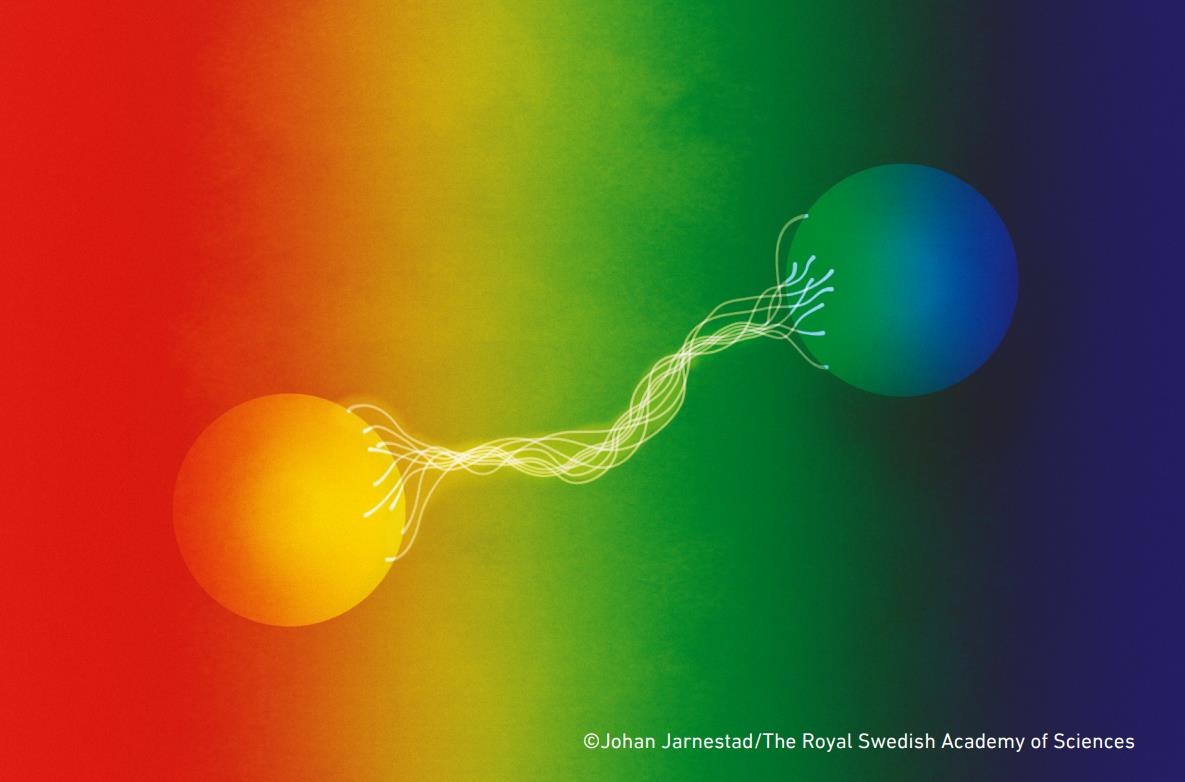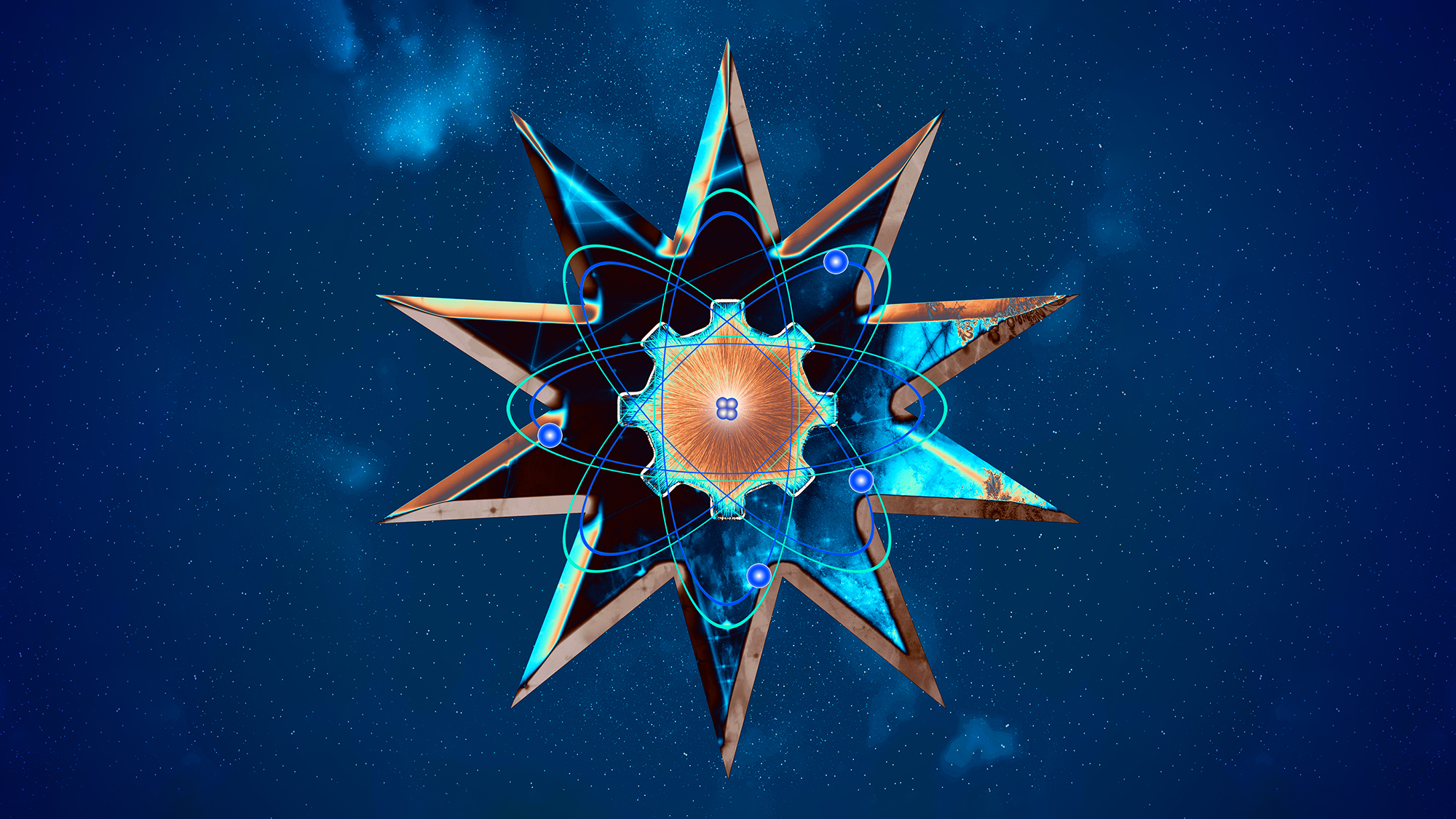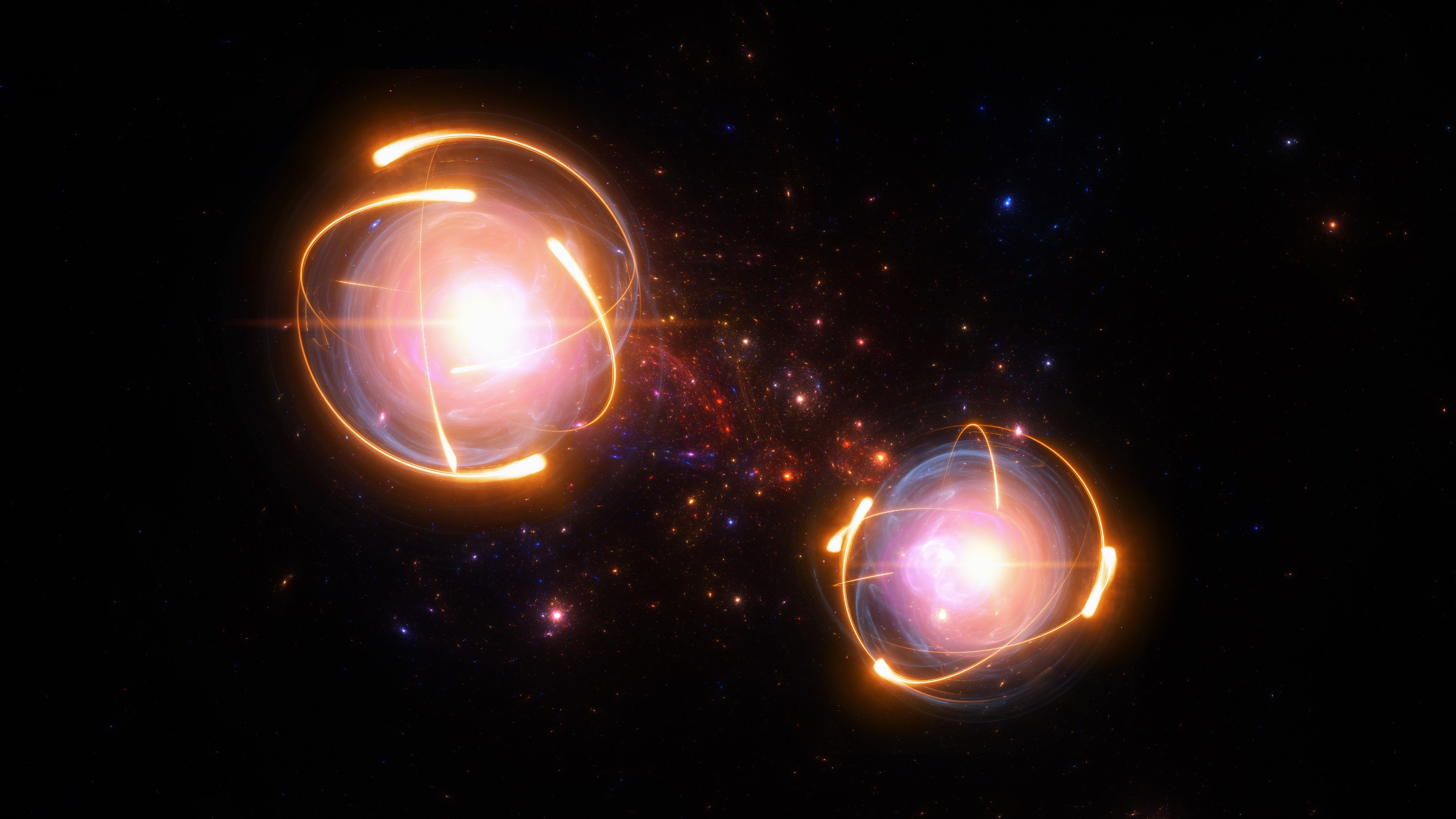Quantum physics forces us to make really weird choices

- Anyone taking quantum mechanics seriously is faced with strange choices in thinking about the nature of reality and our place in it.
- Reality really is “spooky,” as Einstein feared. But what is that spookiness telling us? No one really knows.
- Every interpretation of quantum mechanics is forced to accept something about reality that seems really, really weird.
On Tuesday, the 2022 Nobel Prize in Physics was awarded to three researchers: Alain Aspect, John F. Clauser and Anton Zeilinger. These scientists’ work opened up new frontiers in quantum weirdness to study. What their findings also showed is that the most philosophically challenging aspects of quantum mechanics are also its most essential. Those challenges mean that anyone taking quantum mechanics seriously is faced with strange choices in thinking about the nature of reality and our place in it. That is what I want to focus on today.
Where Einstein always loses
To be explicit, the three physicists share their prize for their studies of quantum entanglement. When particles are entangled, they can no longer be thought of as having separate properties. Imagine I have two particles with properties that I cannot know before I take measurements of them. But if the particles are entangled, then a measurement of just one out of the pair instantly establishes what a measurement on the other would produce. This is true even if the particles are separated by a distance so large that there would be no chance for them to communicate in the time it would take to measure one and then the other. In this way, entangled particles seem to form a coherent whole across space and time.
Entanglement is exactly the kind of “spooky action at a distance” that Einstein was famously concerned about in quantum mechanics. It’s why he felt quantum theory was somehow incomplete, meaning there must be something about it we have yet to understand.
What Einstein wanted was a physics that returned us to a classical view of reality — a view where things have their own distinct properties, regardless of whether a measurement of those properties was made or not. In 1964 Irish physicist John Stewart Bell proposed a way to clearly differentiate Einstein’s vision of reality from the spookier quantum version. Measuring entanglement was the key. It took a few decades, but eventually measurements of separate entangled particles became commonplace, and in every experiment, Einstein lost. Reality really is spooky.
But what exactly is that spookiness telling us? The answer is that no one knows. Unlike classical physics, quantum mechanics always requires an interpretation to be pinned on top of mathematical formalism. Whereas Newtonian physicists could easily imagine their laws of motion governing atoms that acted just like tiny billiard balls, quantum physicists never had any such assurance. The heart of the dilemma comes with the role of measurement. Quantum mechanics is famous for its wave-particle duality, where an electron, for example, will behave as a wave or a particle depending on which kind of experiment you perform. It’s the choice of measurement — of a wave kind or a particle kind — that seems to determine the result.
Reality is as strange as its measurement
So, is the electron a wave spread out through space, or is it a particle holding just a single position at any one time? And why should the choice made by a measurer have any effect? What is a measurement anyway, and what is a measurer? Is it always a person — an observer — or does any interaction with any kind of “thing” count? The answers to these questions cannot be found in the mathematical theory — at least not yet. That leaves people to interpret the mathematics according to the features of the reality they think the mathematics must express. But the problem is that no one agrees on which interpretation is correct, and the interpretations can vary wildly. And the spookiness of quantum cannot be made to go away — every interpretation is forced to accept something about reality that seems really, really weird.
For example, the Many Worlds Interpretation of quantum mechanics holds that there is still a reality out there independent of measurers, but there is a price paid for this view. Every measurement — in other words, every interaction with anything — forces the Universe to split into a near infinity of copies. Each of these many worlds holds one of the possible measurement results.
In Quantum Bayesianism, on the other hand, the measurements of quantum mechanics never reveal the world in itself, but our interactions with the world. QBism has no problem explaining the importance of measurements, but it gives up on the dream (or fantasy) of a perfectly objective view of reality. As you can see, the Many Worlds interpretation is very different from Quantum Bayesianism. But each shows the kinds of choices you must make when you try to ask what quantum mechanics tells us about reality. If someone could tell us which choice we simply have to make, well, that would be worth another Nobel Prize.





